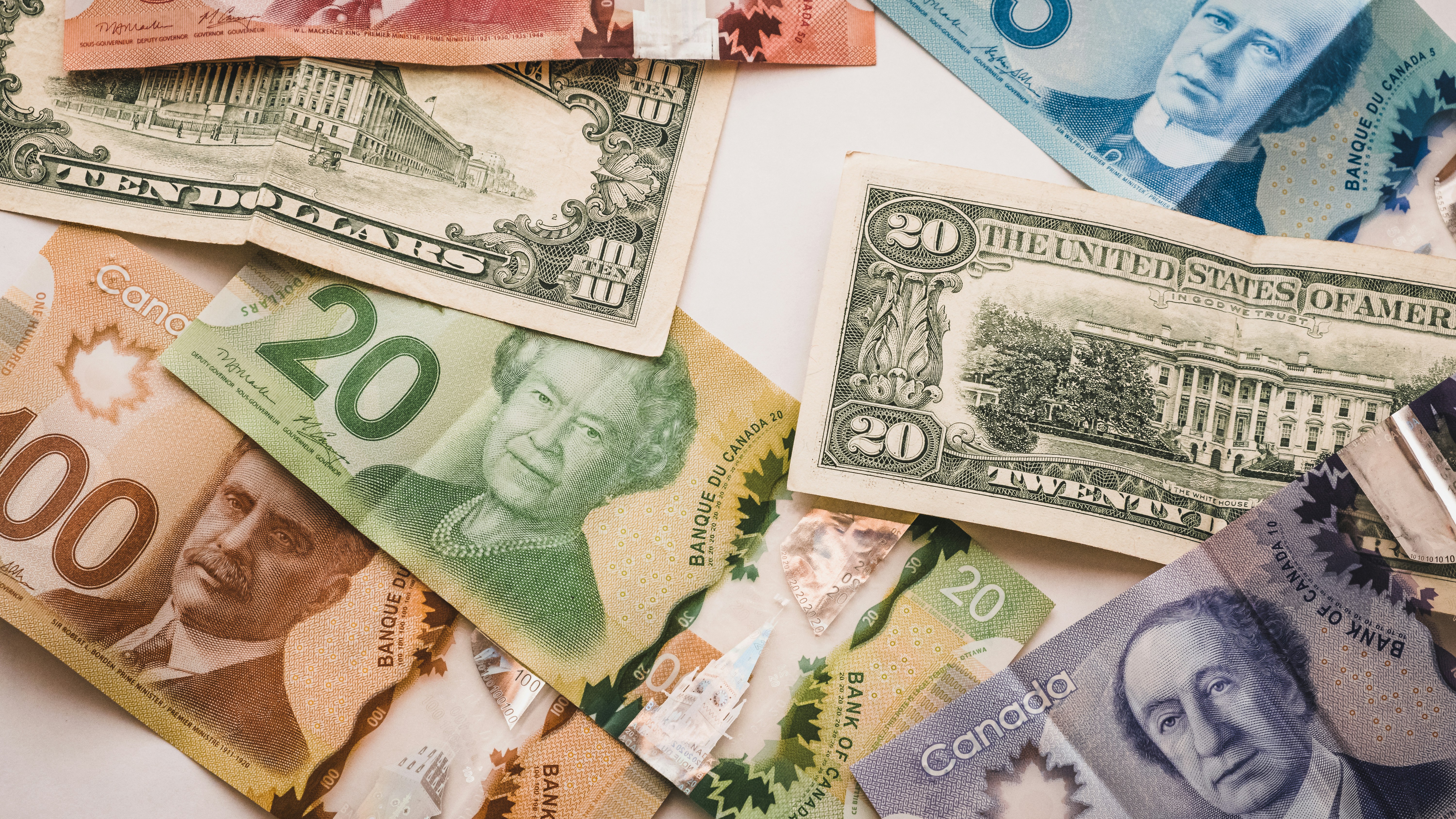
When you’re planning to transfer money internationally, knowing the current exchange rate is crucial. Whether converting euros to dollars or another currency pair, staying updated on live and historical rates can help you make the most of your money. Timing your transfer well can significantly impact the amount you send or receive.
Live Exchange Rates and Interbank Rates
Exchange rates fluctuate constantly, driven by market dynamics, so it’s important to check live rates and charts before making any financial decisions. The interbank rate, also known as the market rate, is the real-time price at which banks trade currencies among themselves. This rate is dynamic, changing continuously based on global financial activities.
However, consumers rarely have access to the exact interbank rate when transferring money overseas. Most banks and money transfer services add a margin—sometimes up to 5%—on top of the interbank rate, which can significantly increase the cost of transferring large sums of money.
Types of Exchange Rate Systems
Governments employ different exchange rate systems to establish the value of their national currencies. The three main types are:
- Floating Exchange Rates: Most major global currencies, such as the US Dollar (USD), British Pound (GBP), and Euro (EUR), use a floating exchange rate system. The value of these currencies is determined by market forces, such as supply and demand, interest rates, economic data, political conditions, and the value of key exports. These rates fluctuate constantly.
- Managed Float Exchange Rates: In this system, also known as a “pegged float,” a central bank may intervene to keep the currency within a certain value range. Countries like Indonesia and Singapore use a managed float system to stabilize their currency values.
- Fixed Exchange Rates: A fixed exchange rate regime pegs the value of a currency directly to another currency. For example, the Hong Kong Dollar (HKD) and the United Arab Emirates Dirham (AED) are both pegged to the US Dollar (USD). This system aims to provide greater stability in exchange rates but requires the central bank to hold large reserves of the foreign currency to maintain the peg.
Why Exchange Rates Vary Across Providers
Different financial institutions and currency exchange providers offer varying exchange rates due to differing business models and profit margins. Banks, for instance, often charge higher margins on currency exchange because a large portion of their customers use them for convenience, unaware of the additional costs involved. Retail currency exchange providers, such as those at airports, may also offer less favorable rates because they cater to travelers who need currency quickly and may not have time to shop around for a better deal.
Making Informed Decisions
Understanding the different types of exchange rates and how they are determined can help you make more informed choices when transferring money or planning international transactions. Monitoring live rates, being aware of the margins charged by different providers, and understanding the underlying economic factors that influence exchange rates can enable you to make your money go further.